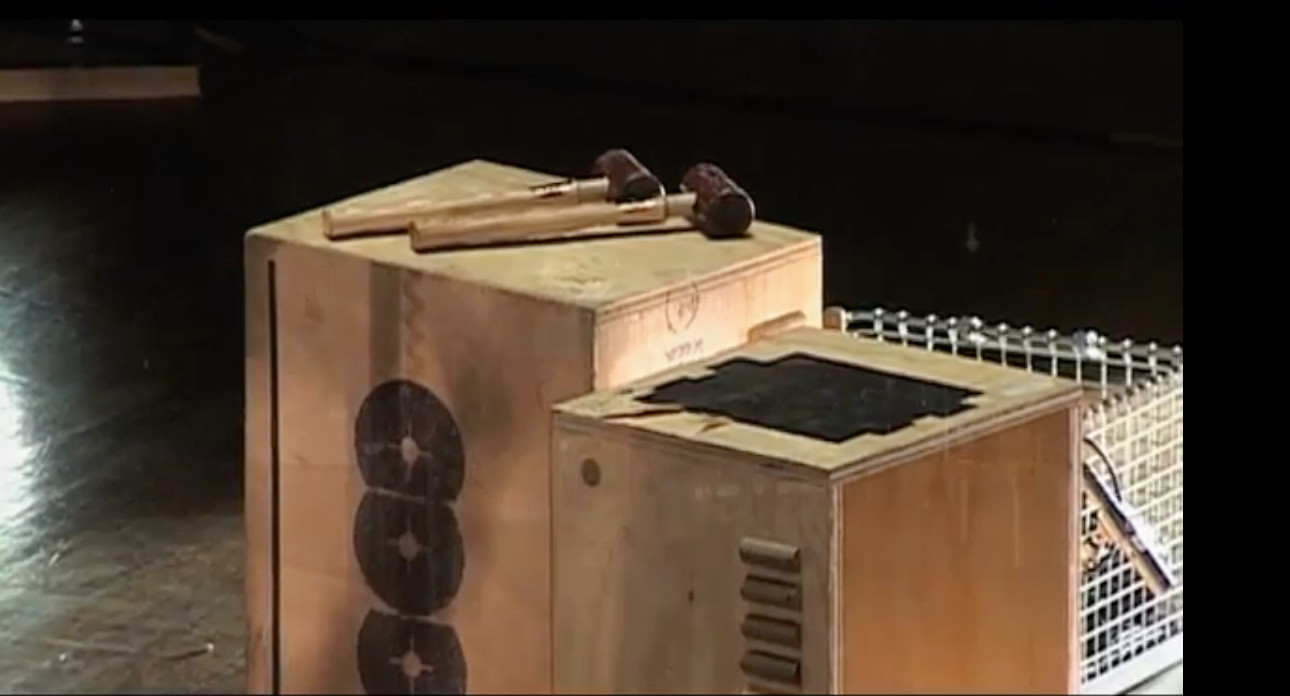8 January 2026
Muziekgebouw aan 't IJ, Amsterdam (Netherlands)
Walden ( Ensemble Version) with Words by Henry Thoreau
performed by Ensemble Klang (The Hague), Solistenensemble Kaleidoskop (Berlin) and Keir Neuringer (Ithaca, New York)
18 January 2026
8:15 pm

AMARE, Den Haag (Netherlands)
performed by Ensemble Klang, Solistenensemble Kaleidoskop and Keir Neuringer
In Walden by composer Heiner Goebbels, everything revolves around the texts of the 19th-century essayist and naturalist Henry David Thoreau, a forerunner in the field of both modern environmental activism and civil disobedience. In his work Walden (1854), he describes his attempt to live simply in harmony with nature for two years, secluded in a cottage at Walden Pond, located near Concord in Massachusetts. During this concert, music, text and a special lighting design bring Walden to life.
Heiner Goebbels, one of Europe's leading composers and directors of the past fifty years, conceived Walden as a counterpoint to the metropolitan images in his earlier work Surrogate Cities .
Eighteen years after he wrote the first ensemble version of Walden for Ensemble Klang, Goebbels now creates a new version. This time, the regular line-up of Ensemble Klang - saxophones, trombone, guitar and percussion - is supplemented by Germany's finest string ensemble, Solistenensemble Kaleidoskop, and the voice and saxophone of Keir Neuringer (Irreversible Entanglements).
A number of specially built instruments, including the 'steel cello' and the 'bow chimes' designed by the American painter, sculptor and musician Bob Rutman, to whom the work is dedicated, enrich the extraordinary and vibrant soundscape.